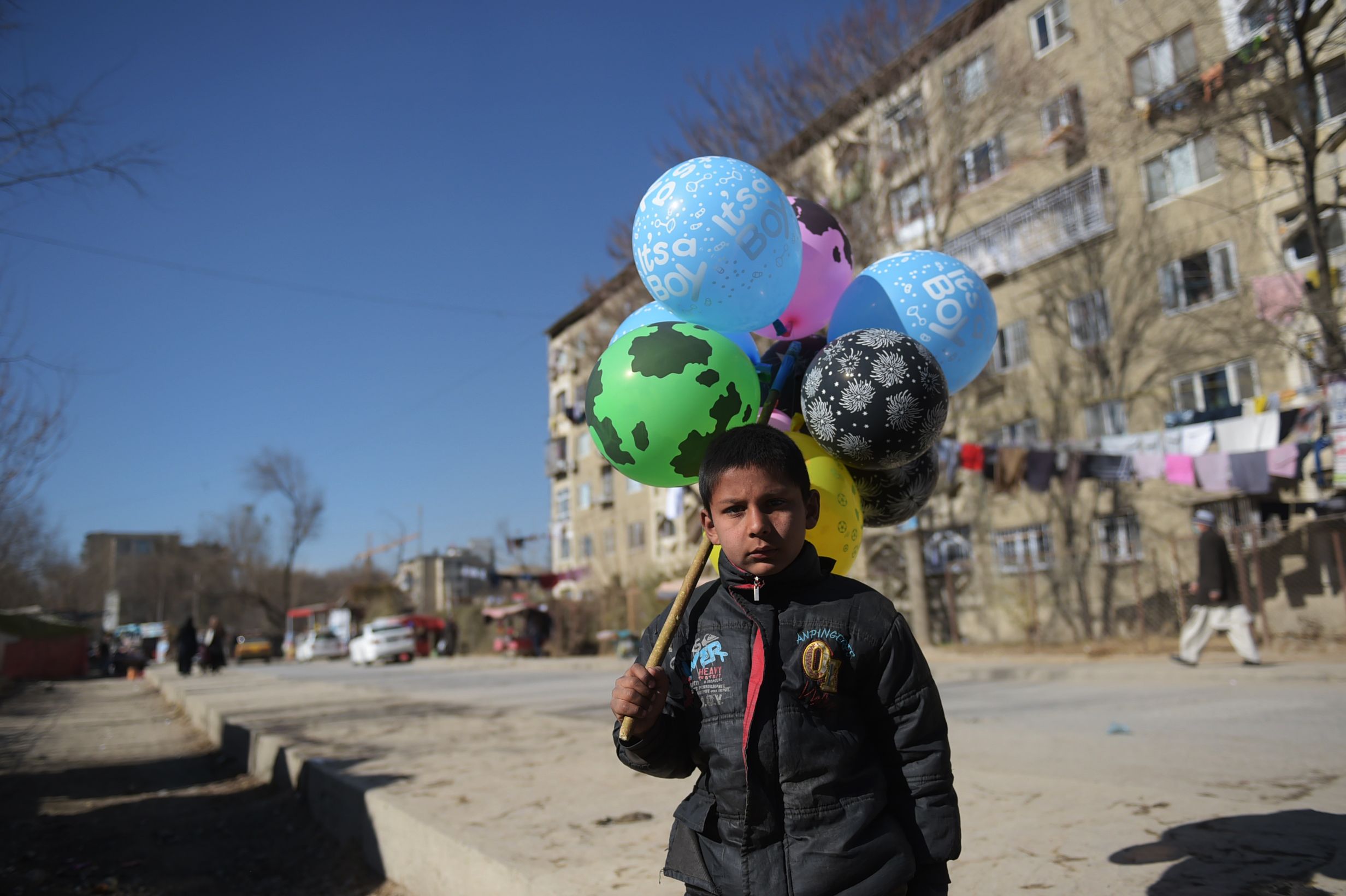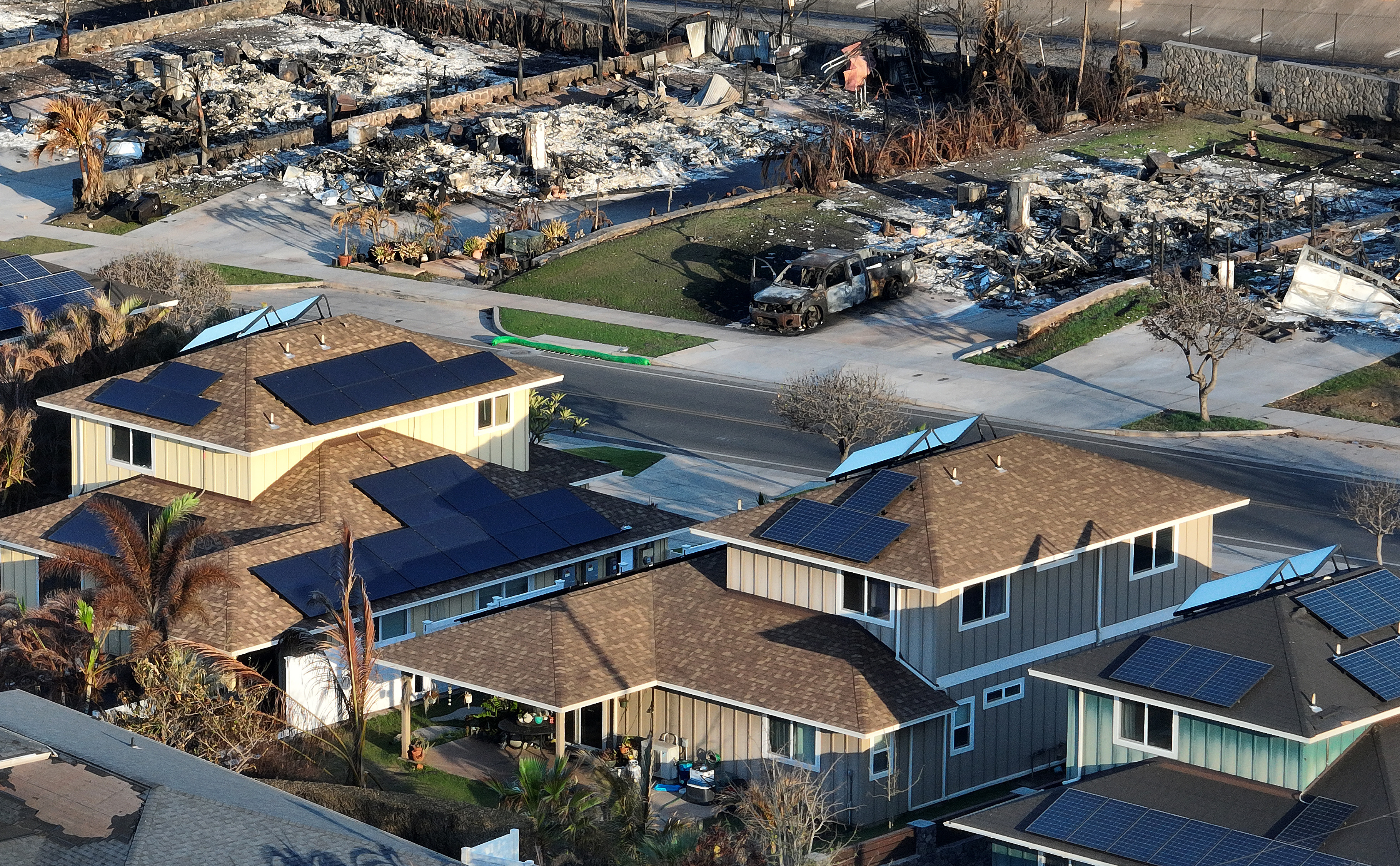
In a year filled with blockbuster headlines, Afghanistan remained under the radar for much of 2016. That is, of course, not necessarily a bad thing, but plenty of newsworthy issues remain—only on December 21 did Taliban gunmen attack the Kabul home of a member of parliament, killing eight people.
The Afghan national mood is at a record low, according to the latest Asia Foundation survey, with two-thirds of respondents stating the country is "going in the wrong direction," more than double the proportion who thought so in 2012. This is not surprising: the security situation has worsened; the relationship between the country's top political leaders remains volatile; economic growth has decelerated; and, although a peace deal was signed, it was not with the Taliban.
There is, however, some cause for optimism and despite evidence of growing fatigue, Afghanistan's major international partners continue to demonstrate economic and military commitment to the country. With speculation rife as to the impact the Donald Trump presidency will have on U.S. engagement in Afghanistan, the Royal United Services Institute's (RUSI) assessment from several recent trips to the country is that any significant reduction in current military and financial commitments would have serious repercussions; the very real threat of a civil war, reminiscent of the early 1990s, justifies the continuation of international support.
Afghanistan's security continued to deteriorate throughout 2016, with the Taliban's expanding influence across the country and 'ISIS in the Khorasan' (IS-K) claiming credit for high-profile sectarian attacks. The U.S. inspection body SIGAR reported that the Taliban now "influences" at least 25 districts and controls eight more. In this reading, the Afghan government controls over 60 percent of Afghanistan's territory and the Taliban roughly 10 percent, with the remaining territory contested.
Several independent commentators challenge this picture: the Long War Journal claims the Taliban actually controls 42 districts while contesting ("influencing") a further 55, totaling a quarter of the national territory, if not population. In Helmand, Afghan analysts claim only two of 14 districts are truly controlled by the government and the remainder are held or influenced by the Taliban.
U.S. military officials, unsurprisingly, stress the counter-argument that, despite repeated attempts, the Taliban failed to gain control of any provincial centers due to the supposedly growing capacity of Afghan National Defense and Security Forces (ANDSF). Observers have called that a "pretty desperate way to measure success," especially as arguably the Taliban is not trying to hold urban centers, but demonstrate its ability to challenge government authority through multiple concurrent offensives across the country. Five provincial capitals, including Lashkar Gah in Helmand Province, are under threat, while key roads are also now under effective Taliban control. And, while the vast majority of the districts under the Taliban's control are rural, they are used to recruit and train fighters, raise funds, resupply, and launch attacks on population centers.
At the same time, both the capacity and capability of the ANDSF are questionable, not least due to the absence of U.S. and NATO personnel who previously monitored their progress. Yet the cost of supporting those force remains high in real terms (although certainly not relative). There is $4.35bn allocated to the ANDSF for the 2017 financial year and the U.S. has been forced to step up direct support, once again accompanying them on the ground and in the air, and at the cost of high-profile losses of life. There are still ethnic-factions, nepotism and corruption throughout the ANDSF, with efforts to professionalize the 352,000 force compromised by attrition rates consistently remaining over 25 percent (annualized) for the last three years.
While such numerical strength may be sustainable, operational resilience has proven more challenging. In October, it was reported that 41 soldiers in Chora District (Uruzgan) surrendered, turning over their base to insurgents and similarly significant surrenders have since been reported in Kunduz and Helmand, despite the ANDSF shift towards consolidation of reduced defensive locations.
However, the Taliban is by no means the only security risk. The U.N. and NATO agree there are around 1,500-3,000 IS-K fighters operating in Afghanistan. The threat must not be overestimated; the vast majority of attacks in Afghanistan are not linked to IS-K, but the government has been keen to exploit the supposed threat for continued U.S. assistance, aided by several high-profile attacks on the country's Shia population. Meanwhile, Al Qaeda is by no means eliminated and in the past year the U.S. is reported to have killed or captured approximately 250 of its personnel and affiliates.
At the same time, a peace process with the Taliban remains as elusive as ever. A peace deal has been reached, but with Hezb-e Islami Gulbuddin (HiG). Given HiG's diminished capacity this is unlikely to impact significantly on violence levels and the main hope is that it may provide a blueprint for future Taliban negotiations. Afghan sources claim this strategy is working, but positive news about peace talks with the Taliban are cyclical and have yet to lead to anything substantive.
Ironically, one of the main stumbling blocks to peace talks is Taliban weakness. Organizationally, it is in disarray, and the current Emir lacks genuine power. There are a myriad of factions and the growing rivalries and diverging ideologies will likely lead to further fragmentation. While the Afghan government and international allies suggest this creates opportunities for reconciliation with breakaway groups, the reverse is often true and the existence of IS-K acts as a valid alternative. These divisions do, however, weaken the prospect of external groups overthrowing the government, but only while Afghanistan's external guarantors endure.
NATO nations have already committed, at the Warsaw summit in July, to sustain troop numbers and uphold their financial pledge to 2020 and, in October, international donors convened in Brussels promised $15.3 billion in development funding, surpassing anticipated amounts. However, Britain's June 23 vote for "Brexit" and Trump's backing for an "America First" foreign policy have triggered alarm about increasing isolationism among Western powers.
The U.S. provides the majority of funding and troop numbers. It is currently reducing those from 9,800 to 8,400 (of the almost 13,000 international troops); although this is more than previously planned (5,500), it is not guaranteed. Troop levels will be just one of the tough choices the new president will face early in his term and without U.S. military and financial support it is difficult to imagine the state, in its current form, surviving. The ideal endgame, which sees Afghans securing and governing their own country is a long way off. Accomplishing it will require the U.S. and its partners' steadfast commitment, "steady focus and the will to master these threats," as implored by President Ghani when speaking at RUSI earlier this year.
Afghan security undoubtedly represents an "eroding stalemate," but that is surely better than complete collapse. Any "divestment" of military and financial support, will have serious repercussions for the businessman president, let alone for the people of Afghanistan. In the worst, yet not unrealistic, scenario, a drastic reduction in U.S. support, without donors able and willing to fill the gap, would likely lead to a civil war reminiscent of the early 1990s. Only this time, the various factions would be better financed, trained and equipped—2017 must not become the year in which the international community abandons Afghanistan.
Emily Winterbotham is a research fellow in the International Security Studies Department and Peter Quentin is a research fellow in the Military Sciences Department at London-based defense and security think-tank Royal United Services Institute (RUSI).
Uncommon Knowledge
Newsweek is committed to challenging conventional wisdom and finding connections in the search for common ground.
Newsweek is committed to challenging conventional wisdom and finding connections in the search for common ground.
About the writer
To read how Newsweek uses AI as a newsroom tool, Click here.








